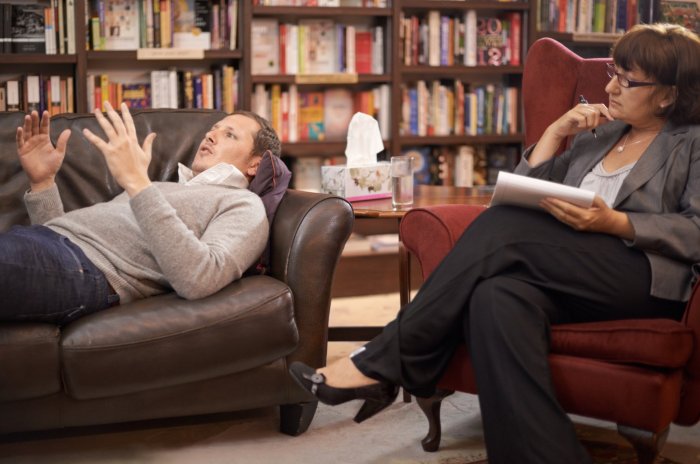When the pandemic hit, the things people across the country once did to stay healthy, like go to the gym, were suddenly perceived as risky. Rather than congregate at gyms, Americans, if they worked out, often worked out at home. Virtual trainers, Peloton, and ways to work out without going out were all in fashion. Gyms, at least briefly, became ghost towns.
On March 16, 2020, for instance, health clubs in New York were ordered closed to stop the further spread of Covid-19. Most facilities stopped charging membership fees and those that did not would eventually face litigation. Nearly three years later and after some bankruptcy reorganizations, clubs are both open for business and attracting big investment.
With widespread vaccination and returns to a “new” normal, gyms are in a very different place. An article in The Wall Street Journal in September said, “gyms are back in favor on Wall Street.” The reason? “Americans are tired of working out at home.” Can you blame us?
Money is flowing into an industry that found itself in difficult financial straits. There is less competition, after Covid thinned the ranks of gyms. Creditors are taking stakes and taking over.
“The gym industry took a bigger beating than a heavy bag in George Foreman’s sights during the pandemic,” is the way The Motley Fool put it. Various metrics show how hard the gym business was hit.
Between 2019 and 2020, the global fitness industry’s revenues plummeted 32.45%, according to Zippia Research. Meanwhile, about 75% of “active adults” used live streaming workouts and 70% used on-demand video workouts in 2020, according to Zippia. The online fitness industry was up 66.32% by the end of 2021 from prepandemic levels, according to Zippia.
But bankruptcy also took its toll: About 9,100 health and fitness clubs shut down, according to the International Health, Racquet & Sportsclub Association (IHRSA). About one quarter of the 57,600 health and fitness locations in March 2020 permanently closed by the beginning of 2022, according to IHRSA. Many gyms sought financial workouts. Gold’s Gym, 24 Hour Fitness and New York Sports Clubs owner Town Sports International all filed for bankruptcy reorganization.
Gyms that didn’t file often faced bleak financial times. Luxury brand Life Time Fitness took a $360 million loss on $948 million in revenue in 2020, compared to a $30 million profit on $1.9 billion revenue in 2019, according to the Los Angeles Business Journal.
But now, a reorganized industry is re-emerging and investors, at least, are putting their money where they hope the public’s muscles are. Oaktree Capital Management LP, MidOcean Partners, and Soroban Capital Partners LP have been buying up gym stock and debt, according to The Wall Street Journal.
And gyms have been buying back operations as well. Planet Fitness in February acquired its biggest franchisee, Sunshine Fitness Growth Holdings, which operated 114 locations, for $800 million.
“While many brands are retracting, we believe that there’s tremendous long-term untapped opportunity for our brand,” Planet Fitness CEO Chris Rondeau said at the time.
After the deal, Planet Fitness owned more than 200 locations, or one in ten, a major shift in an industry where growth has been fueled by franchisees. According to its website, as of Dec. 31, 2021, Planet Fitness had 15.2 million members and 2,254 locations.
Oaktree, meanwhile, reportedly lent $120 million to a Planet Fitness franchisee, while the Carlyle Group and Goldman Sachs Asset Management made a loan used to buy 42 Planet Fitness locations.
Gyms have been trying to bring in cash in other ways. Life Time reportedly raised $702 million in a scaled-back 2021 initial public offering (IPO) led by Leonard Green & Partners and TPG. They bought Life Time in 2015 for more than $2.8 billion.
Are people going back to the gym? A poll IHRSA commissioned as of January 2021 found the number of paid gym memberships in the U.S. increased 3.8% over the last two years.
Meanwhile, BlackRock, through a new fund, is pouring money into Retro Fitness through Eastwood Capital Partners. They plan to open up to 70 gyms in communities of color in Dallas, Houston and Southeast Florida. There are more than 120 Retro Fitness locations: Membership plans start at $19.99 per month.
BlackRock is funding the deal through its BlackRock Impact Opportunities Fund, which focuses on “businesses and projects owned, led by, or serving people of color, with a particular focus on Black, Latinx and Native American communities.”


































